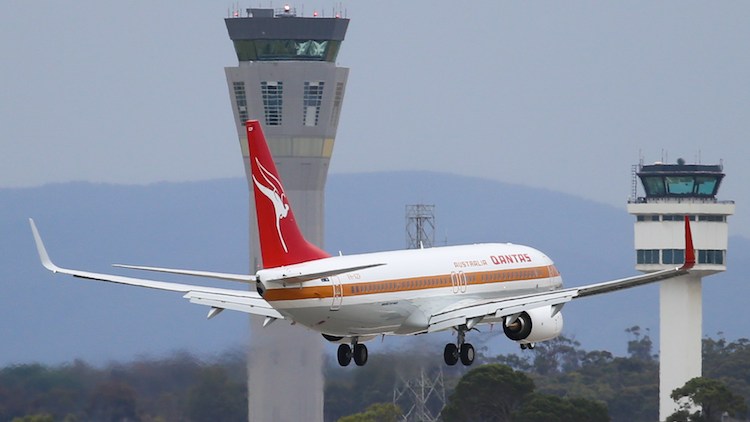
Melbourne Airport’s domestic passenger numbers were down 98 per cent year-on-year in June – before the second city lockdown was enforced.
The business has revealed that travel and border restrictions imposed nationwide in March mean overall numbers for the previous financial year are now at the same level as a decade ago.
The Victorian government’s decision to lock down parts of the state for the second time in early July caused both Qantas and Virgin to cancel flights and effectively ruled out flying for all-but essential reasons.
The airport’s chief of aviation, Shane O’Hare, urged the government to restart Victoria’s economy “as soon as it is safe”.
“The aborted July restart was disappointing, but not surprising,” he said. “We will need to learn to adapt to the prospect of further outbreaks.”
Before the pandemic began in June, Melbourne Airport welcomed 100,000 passengers a day and 670 aircraft movements. In fact, December 2019 was its busiest month ever, with 3.3 million passing through.
However, in June 2020, when airlines were beginning to restart operations, numbers lifted to 123,887 but that was still down from 1,963,625 in June 2019.
Overall, 27.2 million people flew through Melbourne Airport last financial year, down 27.2 per cent compared with FY18-19.
“Where possible we have continued to work on major projects that will set us up for future success such as the expansion of our International Arrivals Hall to improve the inbound traveller experience, extension of our taxiway network and construction of a new 464-room hotel,” said O’Hare.
“While we know we will be dealing with a reduced flight schedule for the foreseeable future, we will continue to enable flights 24/7 and hope to see an uplift in domestic flying as the spread of the virus is suppressed in Australia.”
On Tuesday, Australian Aviation reported that Brisbane Airport similarly reported a 25 per cent decrease in people travelling through the airport during the last financial year.
Chief executive Gert-Jan de Graaff warned numbers were unlikely to return to pre-coronavirus levels for “many, many years”.
“What was to be a historic and momentous year for Brisbane Airport with the opening of our new runway became a year we will never forget for quite different reasons,” said de Graaff.
Overall, Brisbane Airport saw a record increase in passenger numbers in the first seven months of the financial year, followed by a dramatic downturn that coincided with state and national border closures.
International passenger traffic was down 25 per cent to a total of 4.6 million in that time period, while domestic traffic dropped 95 per cent in the month of April to 13.2 million overall in the financial year.
In contrast, Sydney Airport recorded slightly more positive data, with domestic passenger numbers in June more than doubling those in May.
However, the 140,000 people making intra- and interstate journeys were still down 93.3 per cent on the same month last year.















